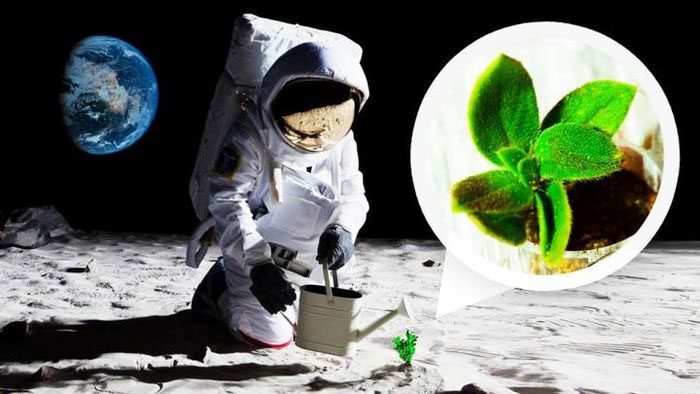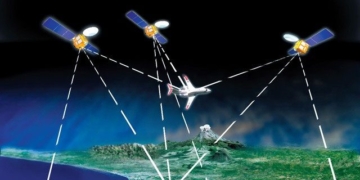Bacteria Provide Benefits to Earth Throughout the Ages, Now They Could Do the Same on the Moon.
According to the journal Communications Biology, Earth bacteria can easily release essential nutrients locked in lunar soil, enabling astronauts to potentially establish crop farms on the Moon in the near future.
Scientist Yitong Xia, the lead author of the new study from the China Agricultural University in Beijing, states: “Growing plants on the Moon not only provides food for astronauts but also helps supply oxygen, filter water, and even offers comfort and relaxation for astronauts.”
However, lunar soil is very challenging for cultivation. It lacks essential compounds such as carbon and nitrogen needed for plant growth, and crucial nutrients like phosphorus are locked in insoluble compounds, making it difficult for plants to absorb.
Xia notes: “If we plant directly in untreated lunar soil, they will be limited in growth and die early.”

Planting on the Moon is more feasible thanks to Earth bacteria. (Photo: Wired.com)
Xia and colleagues have explored ways to make lunar soil more fertile and crops easier to absorb nutrients. They argue that Earth bacteria have made this planet more habitable over billions of years by transforming hard rock into porous, biologically active soil.
Based on this, Xia asserts that using Earth bacteria to release locked elements from insoluble compounds in lunar soil would be much easier than transporting tons of fertilizers from Earth.
For the experiment, the experts used Chinese volcanic rock powder, a material with a composition similar to lunar soil samples collected by the Apollo 14 mission in 1971. They tested five species of Earth bacteria to see if they could extract phosphorus from insoluble compounds into a form that plants can absorb.
The experts mixed simulated lunar soil samples with the five bacteria in water, using sugar for 21 days. As a result, three species of bacteria helped double the amount of soluble phosphorus extracted from the mixture over 10 to 21 days. These bacteria increased the soil’s acidity, releasing more of the locked phosphorus nutrients.
Next, the experts planted a native plant related to tobacco – Nicotiana benthamiana. The plant was grown in the simulated lunar soil treated with the three superior bacteria for 18 days.
After 24 days of growth, Nicotiana benthamiana exhibited chlorophyll levels twice as high compared to plants grown in untreated simulated lunar soil without the aforementioned three bacteria.
The experts concluded that Earth bacteria could help lunar greenhouse farms utilize local resources, aiding bases in sustaining life instead of needing to transport large amounts of soil, fertilizer, or bulky hydroponic systems from Earth into space.
In the future, they also plan to mix these bacteria with algae or organic fertilizers to see if it further improves plant growth.


















































